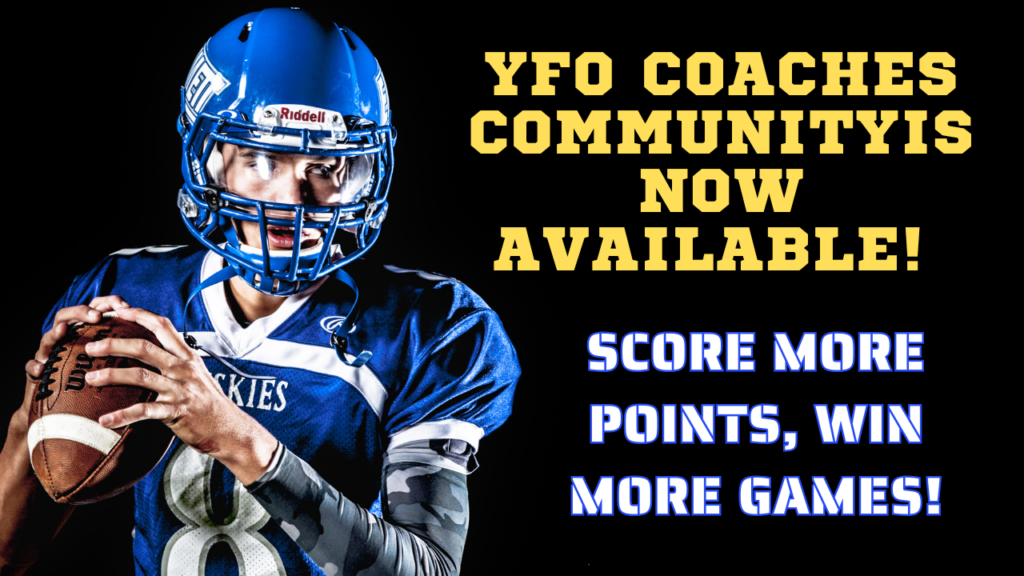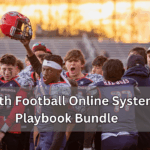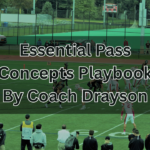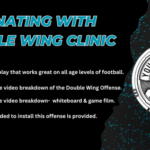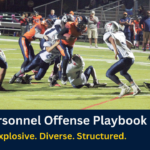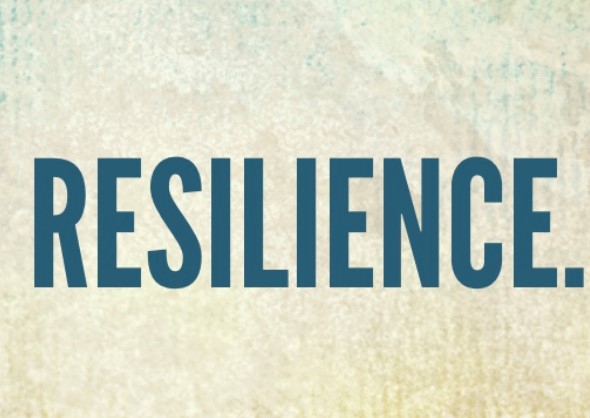Blocking the Counter Play | Deceptive Football Play
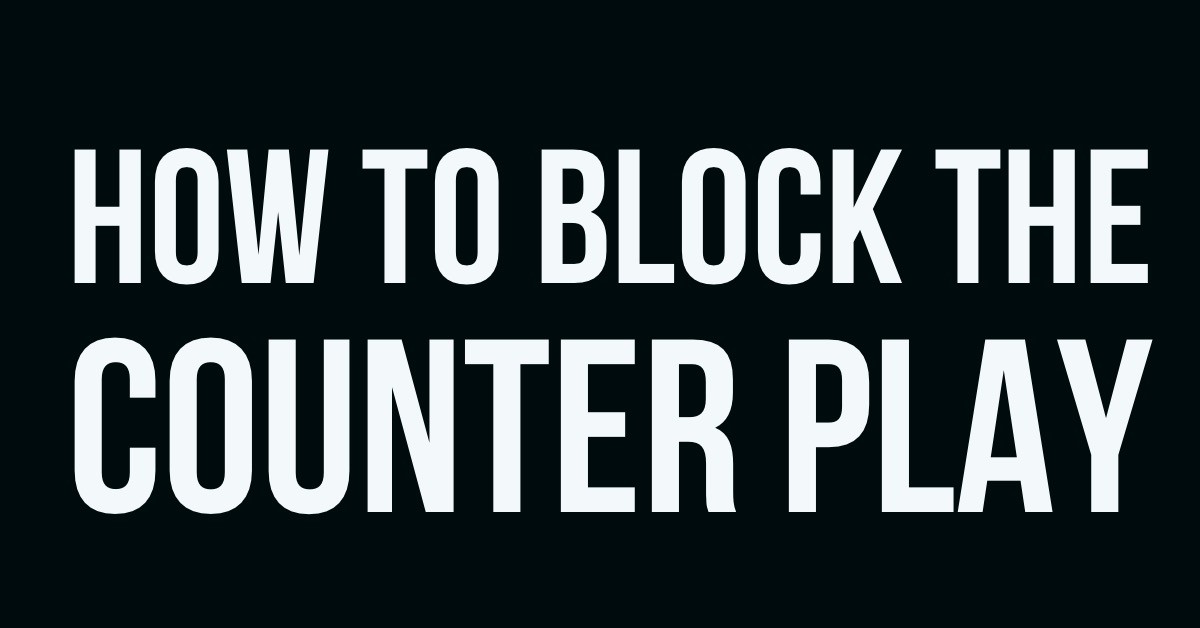
The Counter Play is one of the most universal schemes in football. The Counter blocking scheme allows the offense to use gap blocking and misdirection to create a vertical seam in the defense. A major strength of this scheme is the ability to run multiple different backfield actions. In previous articles we talked about the variety of ways to use the blocking scheme. In this article we will dive into the blocking scheme and how to teach it.
Blocking the Counter Play
The Counter scheme is a simple Gap blocking play. In reality the offensive line only needs to change one block in order to keep it identical to the Power concept. Both plays are based around the frontside of the play blocking down to create a wall while a player pulls to kick out the C Gap player and another pulls and leads on the playside linebacker.
The playside tackle is responsible for the playside B Gap. He will step down and block any defender that happens to be in the B Gap. As he blocks down on this defender he will keep his outside arm free and his eyes on the backside linebacker. His rule is to take the down lineman to the backside linebacker. If there is not a down lineman in the B gap he will continue on his track to the backside linebacker while staying as tight to the playside Guard as possible. If there is not a down lineman in the B Gap he must step down and prepare for a defensive stunt or blitz that will put a defender into his gap as he continues to climb up to the backside linebacker.
Related Content: Split-back Formation Counter Play
The playside Guard maintains the same rules as the playside Tackle. He is responsible for his inside gap. If there is not a down defender in his backside gap he will help the Tackle by doubling up to the backside Linebacker. While he is doubling the B gap player he is still responsible for the A gap so he must keep his head up in case a linebacker blitzes into this gap. If there is an A Gap defender the Guard must come down hard and get his head across to stop any upfield movement. In this situation he doesn’t have to worry about his backside or coming off the block, just securing the A gap defender.
The Center is responsible for replacing the puller. The backside Guard will be pulling to kick the C Gap player. As a result the Center is responsible for the first player to his inside. Similar to the playside Guard, he must get his head across to ensure that the defender does not get penetration into the backfield. If the defender is all the way in the B gap the Center has two options. The first is to rely on the Tackle’s Crush block to buy him some time to get there. The other option is to make a Cut call. The Guard must relay this to the Tackle so the Tackle knows not to touch the lineman and risk a 15 yard penalty.
The Backside Guard is responsible for pulling and kicking the C Gap Player. This is the only major difference between the Counter and the Power Play. On Power the Guard is pulling and leading for the frontside linebacker while on Counter the Guard is going to be kicking the C Gap player and letting the H Back or the backfield deal with the playside linebacker. On this pull the Guard must get downhill and make contact on the defensive side of the Line of Scrimmage. It’s critical that he does not get beat inside.
Related Content: Creating Space for Your Playmakers with the Ubbie Package
The backside Tackle has a Crush block. On this block he is responsible for both the B and C gaps. He will take two pound steps in to ensure that no defender comes through the B Gap. If there is a down lineman in the B Gap he will give a strong punch and move him back towards the Center. After he takes two pound steps in he will rotate out to slow any defenders in the C gap. There are several critical teaching points for the Crush block. The Tackle must be aware that his first priority is the B Gap. This is the most direct line to the ball carrier so it must be protected first. Once he has guaranteed that the B gap will be secure he can move out to the C gap.
When the Tackle moves his attention to the C Gap he must run out of the block. Most players will just turn out to the C Gap and accept the pressure from the lineman. There are two major issues with this. First, the defender has momentum so the Tackle will be moving backwards. The second major reason for running out of the block is because it helps buy time for the Running Back to get to the hole. These steps can be the difference between the Running Back being run down in the backfield or him getting to the hole and gaining yardage.
The H Back will be responsible for the playside linebacker. This is different from the Power play where he was responsible for the C Gap Player. His rules will stay the same as the Backside Guard’s rule on the Power Play. He is going to come tight to the wall formed by the playside Guard and Tackle and block the linebacker out away from the wall. This will create a seam so the Running Back can ride the wave up to the Safety and make a play.
The Counter concept makes for a natural addition to the Power play because of their similarity. By switching the person executing the kickout block and the side the H Back is aligned to the defensive linemen and coordinator will struggle to get a bead on the offense.
(See Also) Wishbone Offense for Youth Football

